When coronavirus hit the UK, and we finally went into lockdown, photographer Charlie Clift found his regular work stalled to a halt. “I couldn’t just sit around doing nothing. I started to think how I could use my photography for good,” says Clift. “I started volunteering at the food bank near my home, the South London Food Bank Warehouse.”
While there Clift witnessed the huge quantities of food coming and going, with the warehouse sending out more than a ton of food every day. “The people who had been there longer told me of the massive rise in demand they had experienced since the virus hit – in some cases the stock they would typically need for a month was now vanishing in just one week. For many people just getting enough food to eat had become a stark reality,” the photographer explains.

Clift wanted to shine a light on what he was seeing while volunteering and so began photographing the food bank he was working in, which was a local church in Streatham transformed into a warehouse. “Donations arrive, are sorted, repacked, then delivered all over South London. It’s run by about 80 volunteers overseen by a few members of staff,” says Clift.
The Food Bank series also captures Bonny Downs Food Bank in East Ham, which he found out about through his agent, who had been volunteering there during the pandemic. “Bonny Downs has taken a different approach to coping with the virus, keeping its drop-in food bank service open so it can continue to support the large homeless community in the area,” explains Clift. “I travelled over there to meet some of the volunteers and people they were helping.”

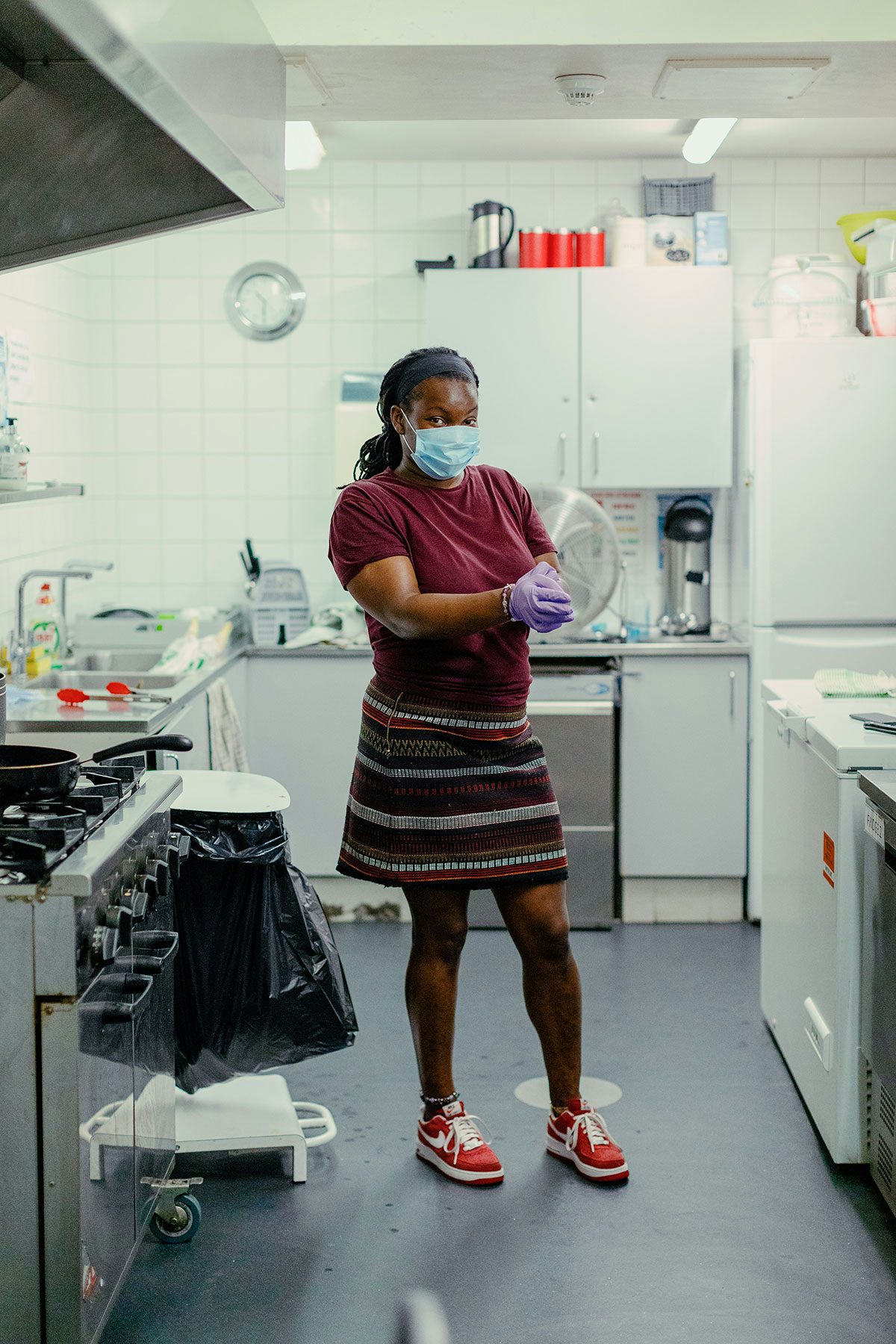
For Clift, it was important to not just capture the food banks themselves, but also to tell the stories of the people receiving the food parcels and using the drop-in service. “I hope the images feel honest – I wanted to show the situation as it really is. I’ve used mainly the light I found on location, embracing the feeling of each place I was in: the beams falling through the church windows in the South London Warehouse, and the harsh ceiling lamps in the Bonny Downs community centre,” says Clift. “By focusing my camera on a bag of pasta or a jar of mayonnaise alongside the portraits I aim to make you realise that people are struggling to get even the most basic of products. Place that image next to a powerful portrait and the problem becomes hard to ignore.”
The portraits are a mix of people who agreed to sit for Clift (at a distance of course) and people he met while in the food bank. The range of people met were diverse, but all had suffered hardships and been effected by the pandemic in different ways. For instance, Clift mentions Anna, who he met through the South London Warehouse. She is a skilled healthcare worker for a private company whose genetic disorder means she’s deemed vulnerable and can’t see patients face to face anymore. “Her income almost disappeared overnight when she suddenly found herself on statutory sick pay,” says Clift. “She gets just £95.85 each week, and cannot cover all her living costs. The food bank has been vital for her.”
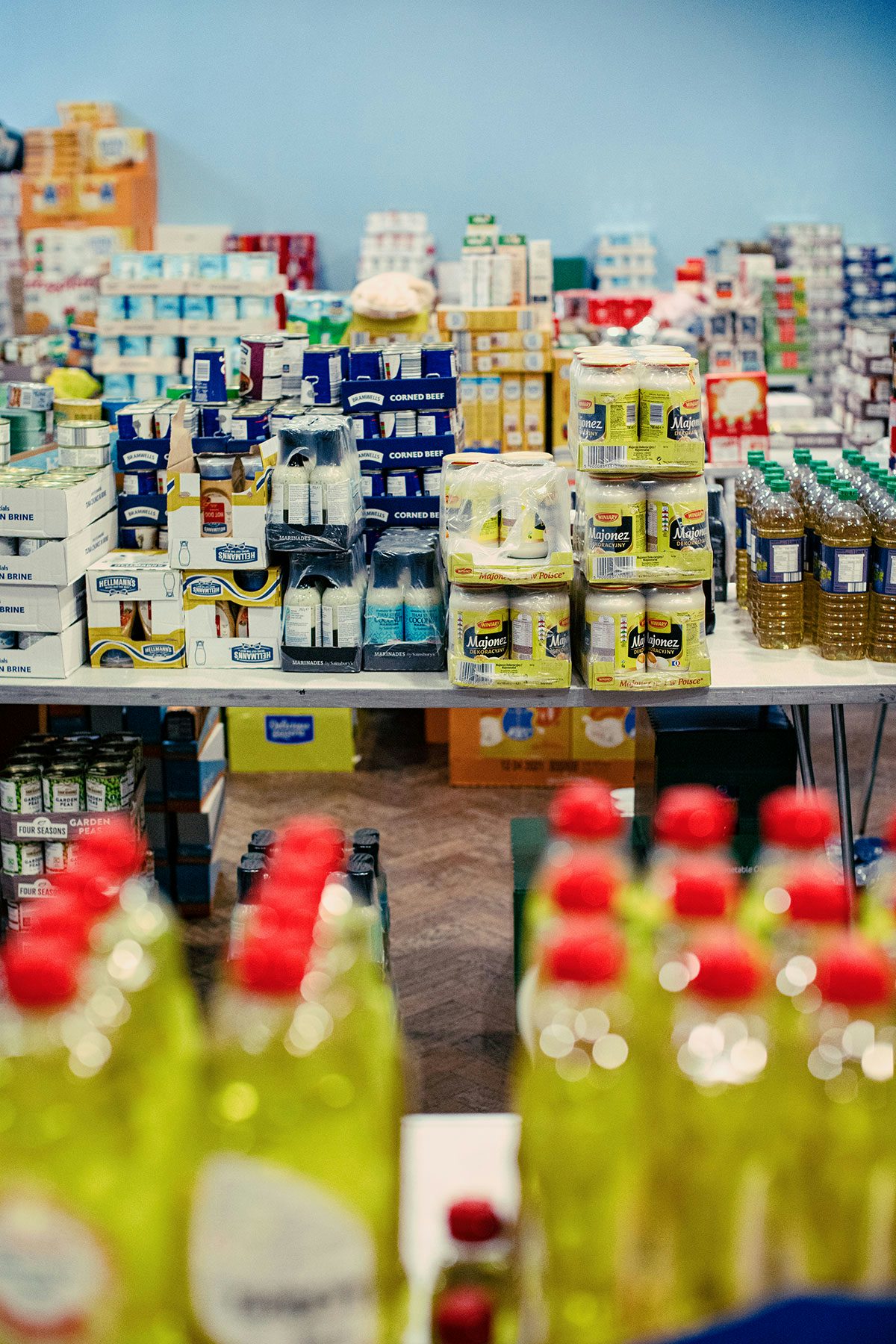
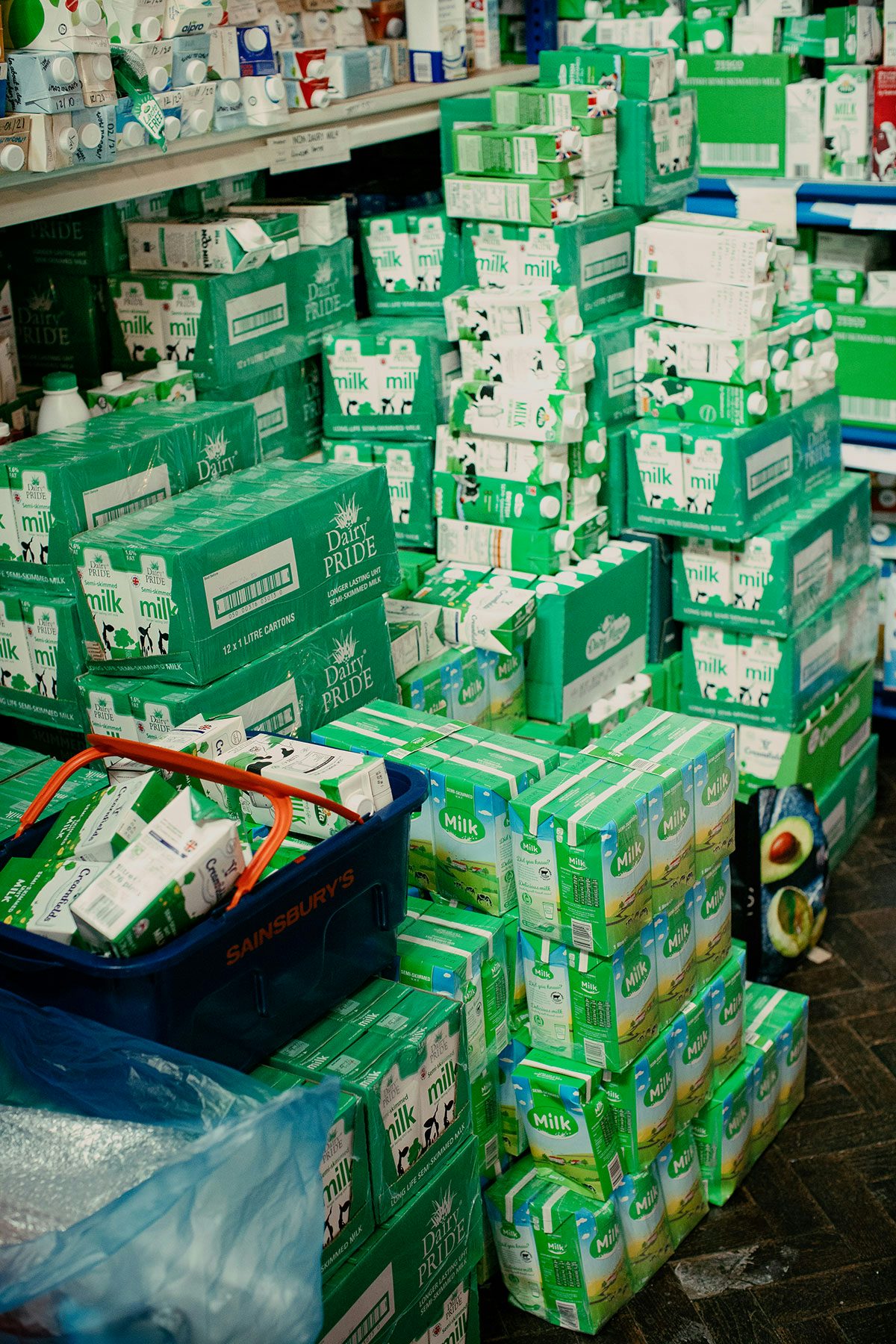
Likewise at Bonny Downs, in just a single day Clift heard many tough stories. “Maruf and his family have no recourse to public funds. They can’t work and can’t claim benefits because of their visa situation. I met Jade, who is homeless because she had to flee from an abusive relationship. I met many people with insecure jobs who lost their income overnight when so much of the economy closed,” explains Clift.
“But I also saw love and community, and heard the positive stories of people who have turned their life around. Like Paddy, who used to be homeless and struggling. Then Bonny Downs Centre helped him and he got back on his feet – he is now working at the same centre providing support for others. There are real heroes out there, giving up so much time to help people.”
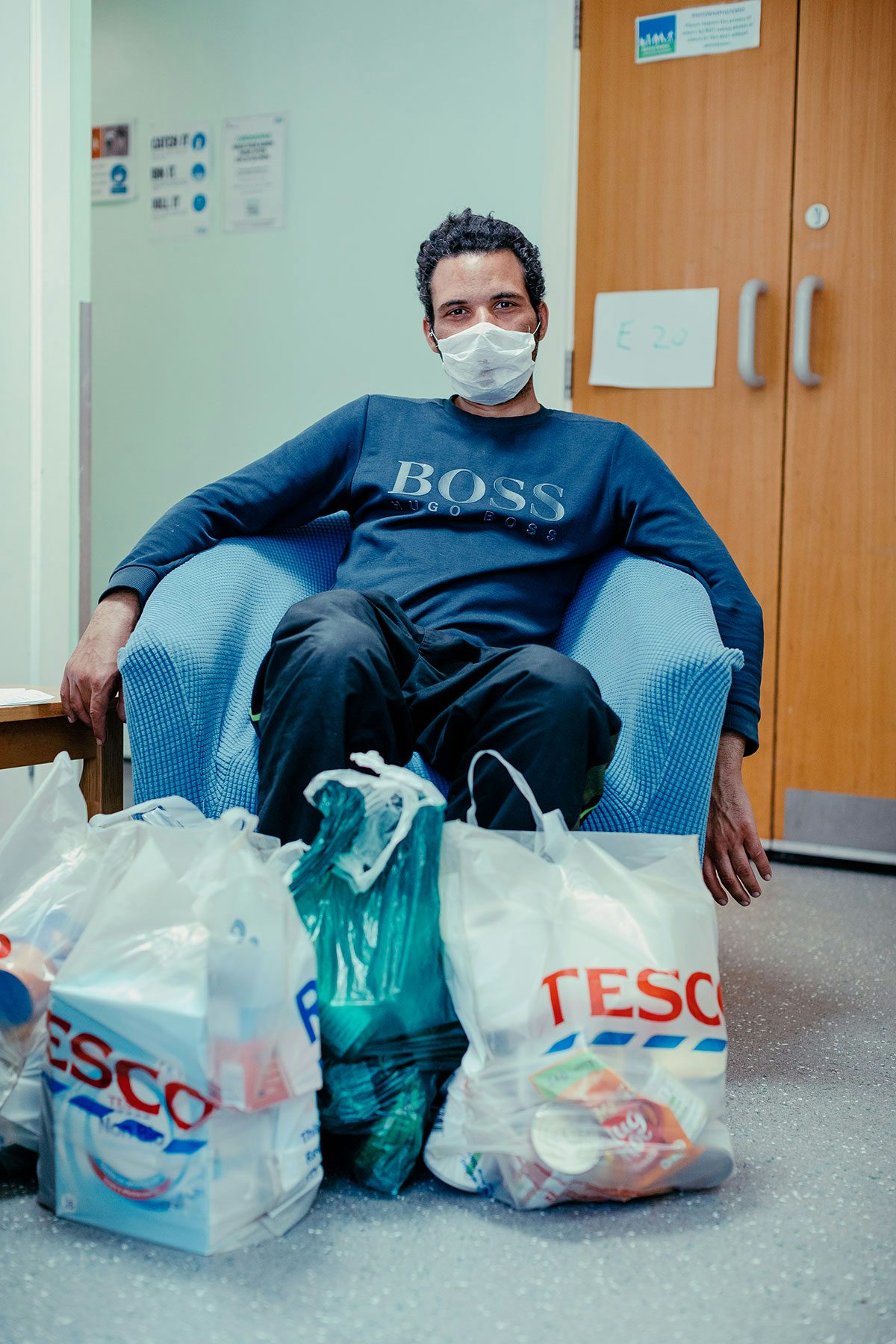
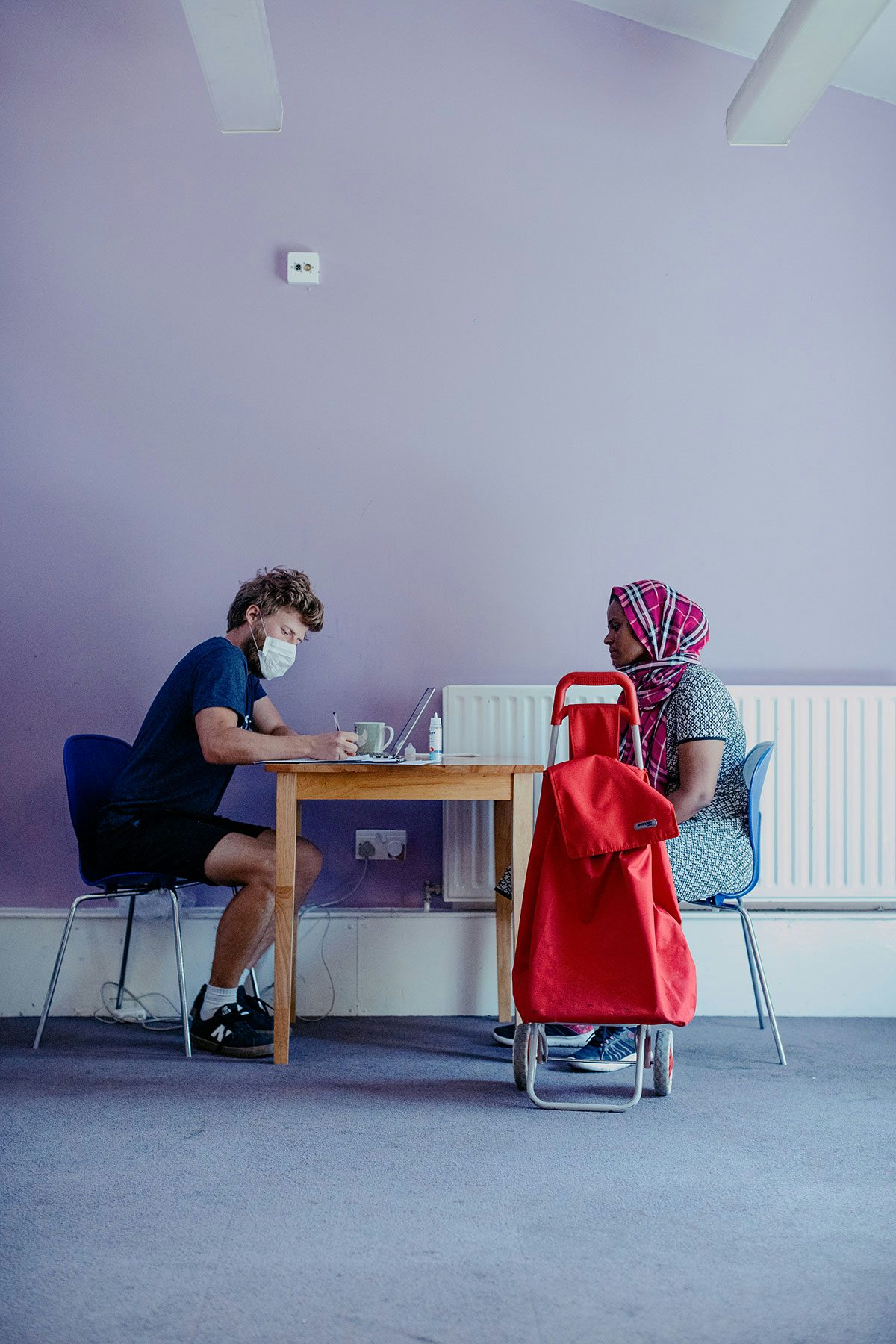
These glimmers of hope and optimism are what makes Clift’s series so compelling and the whole experience has been a learning curve for the photographer. “I’ve learnt a lot about my community. It’s been great meeting the other volunteers, chatting away while we move tins of beans around the warehouse,” he says. “I’ve learnt that people want to be involved in their community, are happy to help out others, and like to be busy and useful.”
Before he volunteered, Clift, like many of us, didn’t realise how many people were struggling. “When I first arrived and was stacking shelves, I couldn’t believe the giant piles of beans they had in the warehouse, then I came back a week later and they had all vanished, the shelves were totally empty. That’s when the scale hit me,” Clift says.
His hope for the series is to increase awareness and also encourage those who can to donate and help their community. “You can donate money online to the Trussell Trust, or leave some extra items behind in the drop box at your supermarket,” says Clift. “Finally, if you want to get involved more, then please do. Volunteering is incredibly rewarding, and really makes a difference.”

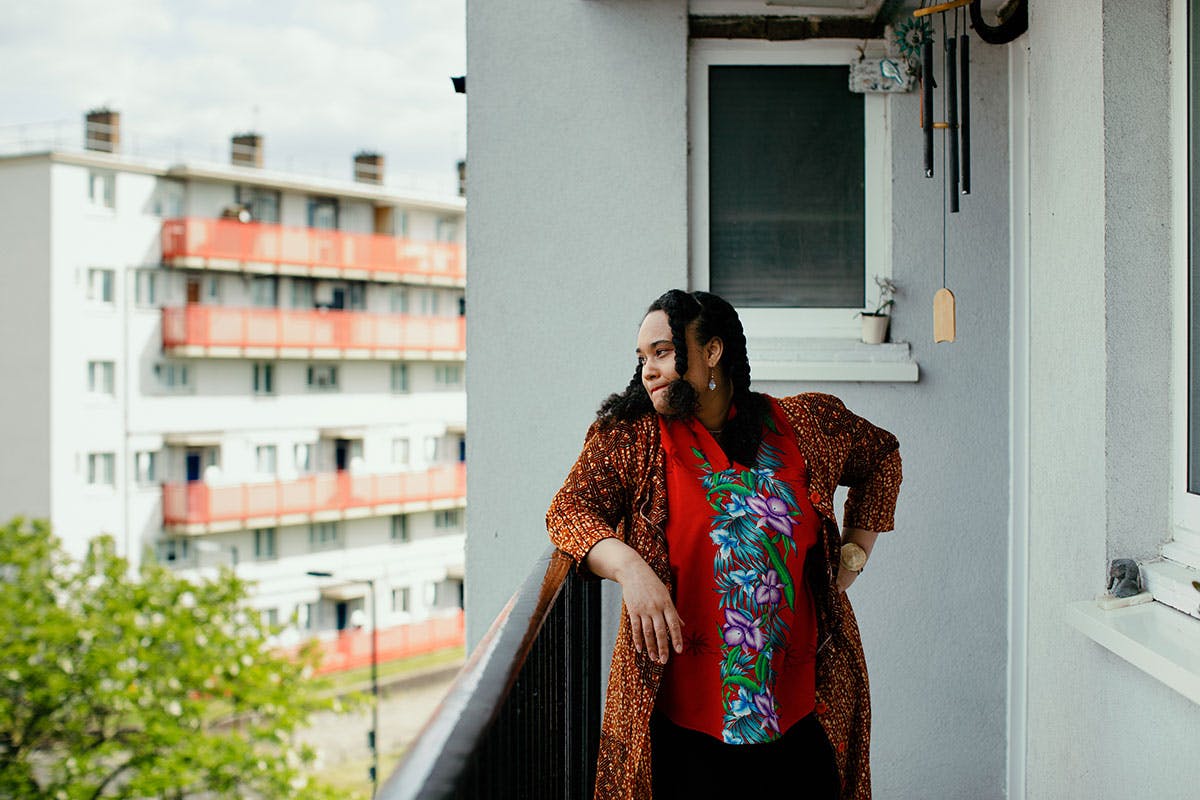
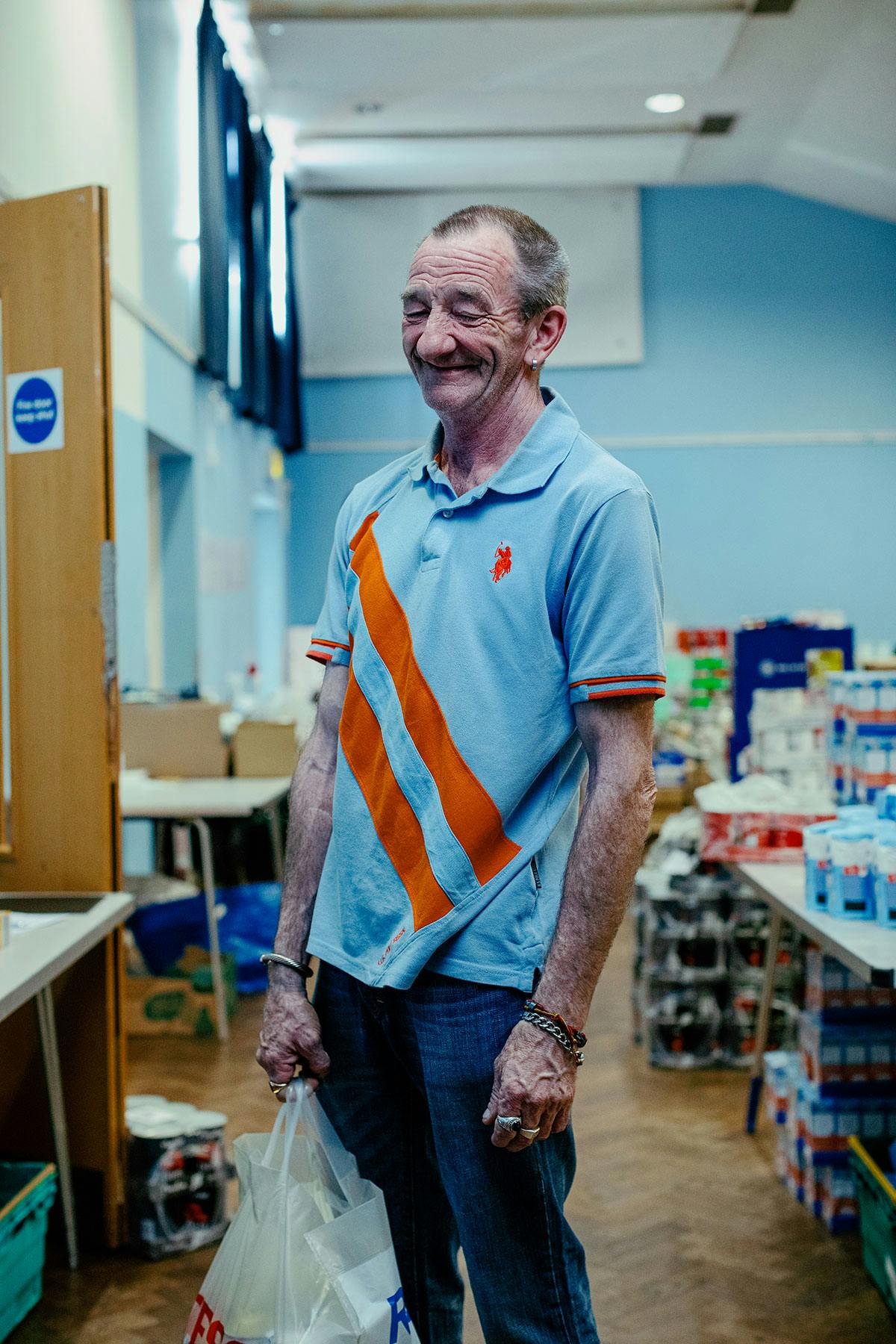




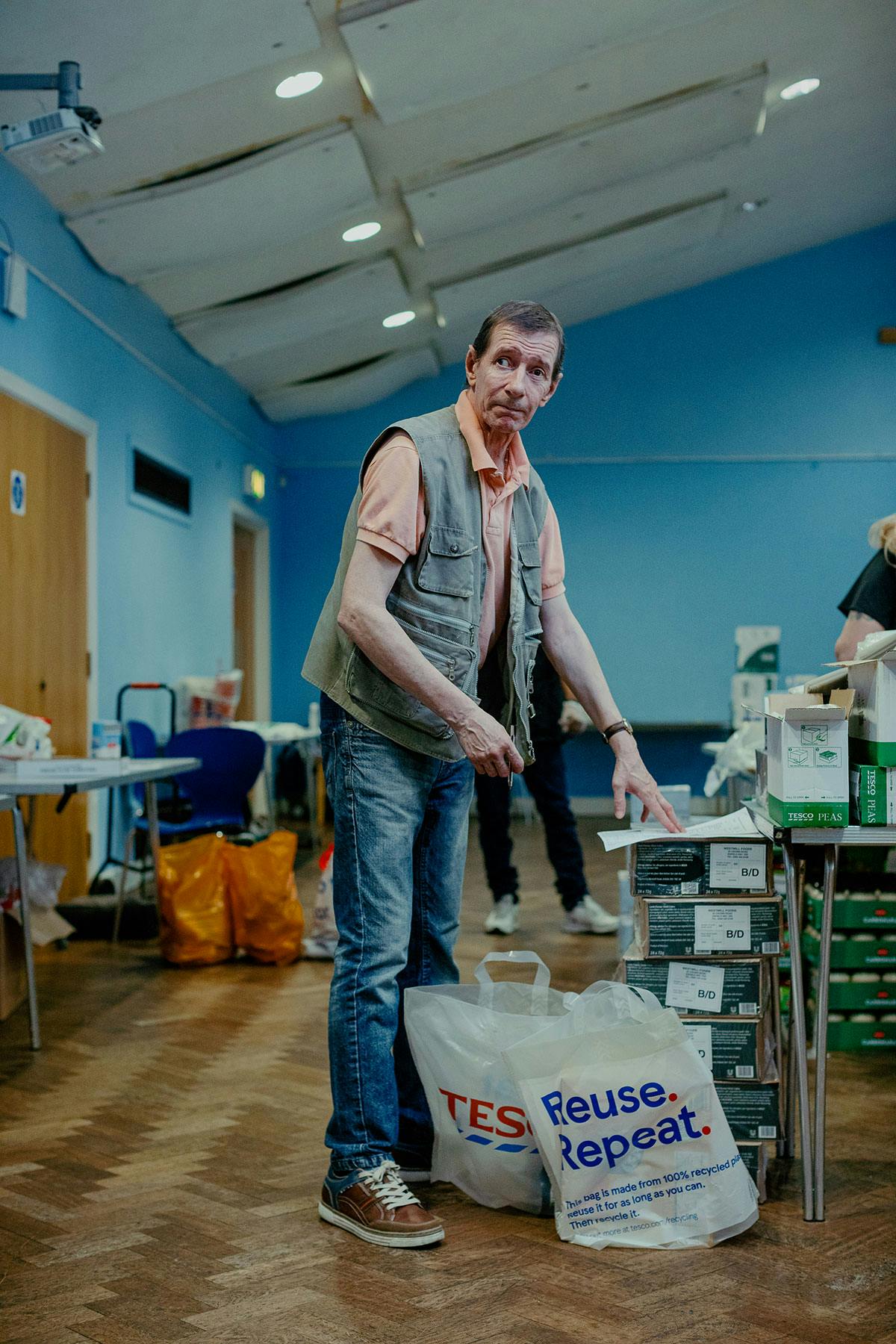
The post Charlie Clift documents how vital food banks have been during the pandemic appeared first on Creative Review.
from Creative Review https://ift.tt/3cV0ZLg

No comments:
Post a Comment